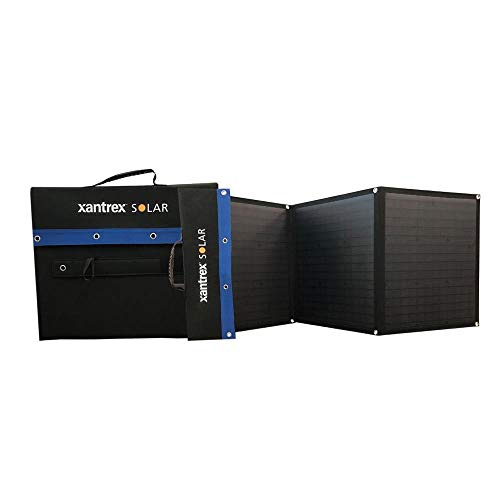Scott3569
Well-known member
well what can I say guys, Sometimes my head is not on to damn tight, been going back and forth about my power situation.. I know I need power.. there i no question in that.. Will it happen immediately NO it will not.. But it does need to happen pretty quick..
So I think I have a basic idea of what my power consumption will be and I am thinking 500wh will probably be enough.. at least to start..
I know what batteries I will end up with when I actually get there.. and I will start off with 1@ 100AH.. and probably 1 100w Solar panel.. I know the solar panel probably will not be enough, but that combine with a little driving (delivering/working). I think it should be fine..
But as the title says, I obviously need a charge controller..
I have been set on the Renogy dc-dc 30am Controller the link is below
https://www.walmart.com/ip/Renogy-D...BqMD2S8Hm_qEETlJuaBoCu3MQAvD_BwE&gclsrc=aw.ds
Now, my question is Do I really need to have that??
what I mean is If I connect an AGM 100AH to my battery won't a normal Charge controller do the same thing?
For example:https://www.renogy.com/rover-elite-20a-mppt-solar-charge-controller/
And yes I know I am linking to different controllers here. Renogy does not have the one I was looking at on their site
I also understand it would be a 20A and not a 30A, But I honestly don't believe I would even need the 30A..
I hope I have laid all this out correctly and so that you can understand my thought process here..
and I serious appreciate all the help everyone has given me.. even though someone of you have probably been scratching your head on a few of my threads
BTW I am not married to Renogy, if there is another controller out there good customer service reliable product, good price.. please let me know..
So I think I have a basic idea of what my power consumption will be and I am thinking 500wh will probably be enough.. at least to start..
I know what batteries I will end up with when I actually get there.. and I will start off with 1@ 100AH.. and probably 1 100w Solar panel.. I know the solar panel probably will not be enough, but that combine with a little driving (delivering/working). I think it should be fine..
But as the title says, I obviously need a charge controller..
I have been set on the Renogy dc-dc 30am Controller the link is below
https://www.walmart.com/ip/Renogy-D...BqMD2S8Hm_qEETlJuaBoCu3MQAvD_BwE&gclsrc=aw.ds
Now, my question is Do I really need to have that??
what I mean is If I connect an AGM 100AH to my battery won't a normal Charge controller do the same thing?
For example:https://www.renogy.com/rover-elite-20a-mppt-solar-charge-controller/
And yes I know I am linking to different controllers here. Renogy does not have the one I was looking at on their site
I also understand it would be a 20A and not a 30A, But I honestly don't believe I would even need the 30A..
I hope I have laid all this out correctly and so that you can understand my thought process here..
and I serious appreciate all the help everyone has given me.. even though someone of you have probably been scratching your head on a few of my threads
BTW I am not married to Renogy, if there is another controller out there good customer service reliable product, good price.. please let me know..



































































